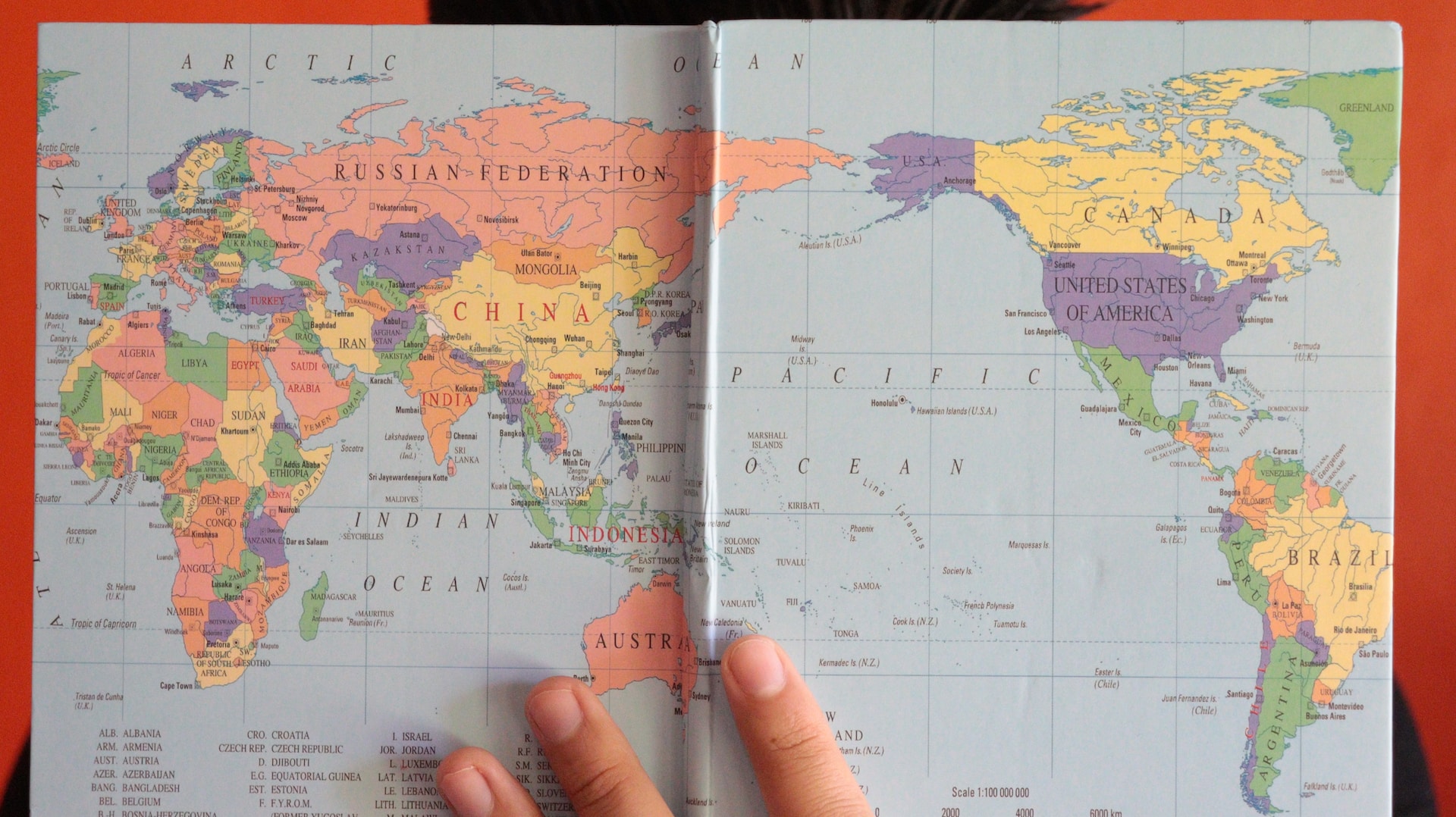
When I was applying to universities, UBC was my top choice for many reasons – one of them being our diverse student body! It is so lovely to be able to connect with various cultures from across the world, gathered on our beautiful campus. I want to share a bit more about the place I come from – Central Asia!
Central Asia is a region that spreads from the Caspian Sea on the West, to Mongolia and China on the East, Russia on the North, and Afghanistan and Iran on the South. It is home to five former post-Soviet republics: Kazakhstan, Kyrgyzstan, Uzbekistan, Tajikistan and Turkmenistan! Fun fact: “-stan” means “land of” in Persian. I am a Kazakh from the land of Kazakhs!
History
Central Asia is a place for nomads. While some Central Asian ethnicities were historically settled, a lot of the region’s history is rooted in the Eurasian nomadic tribes that were traveling across the vast Central Asian steppes (Khalid, 2021, p. 29). For my home country Kazakhstan, the nomadic legacy is deeply intertwined with our cultural heritage. We, the Kazakhs, say that we are the “free spirits” that are exploring and embracing all of the places around our land. To do that, our ancestors came up with transportable housing that can be constructed in under one hour – a yurt. A yurt’s only window points to the sky and it is such an important symbol of home and community for Kazakhs that we have it on our passports!
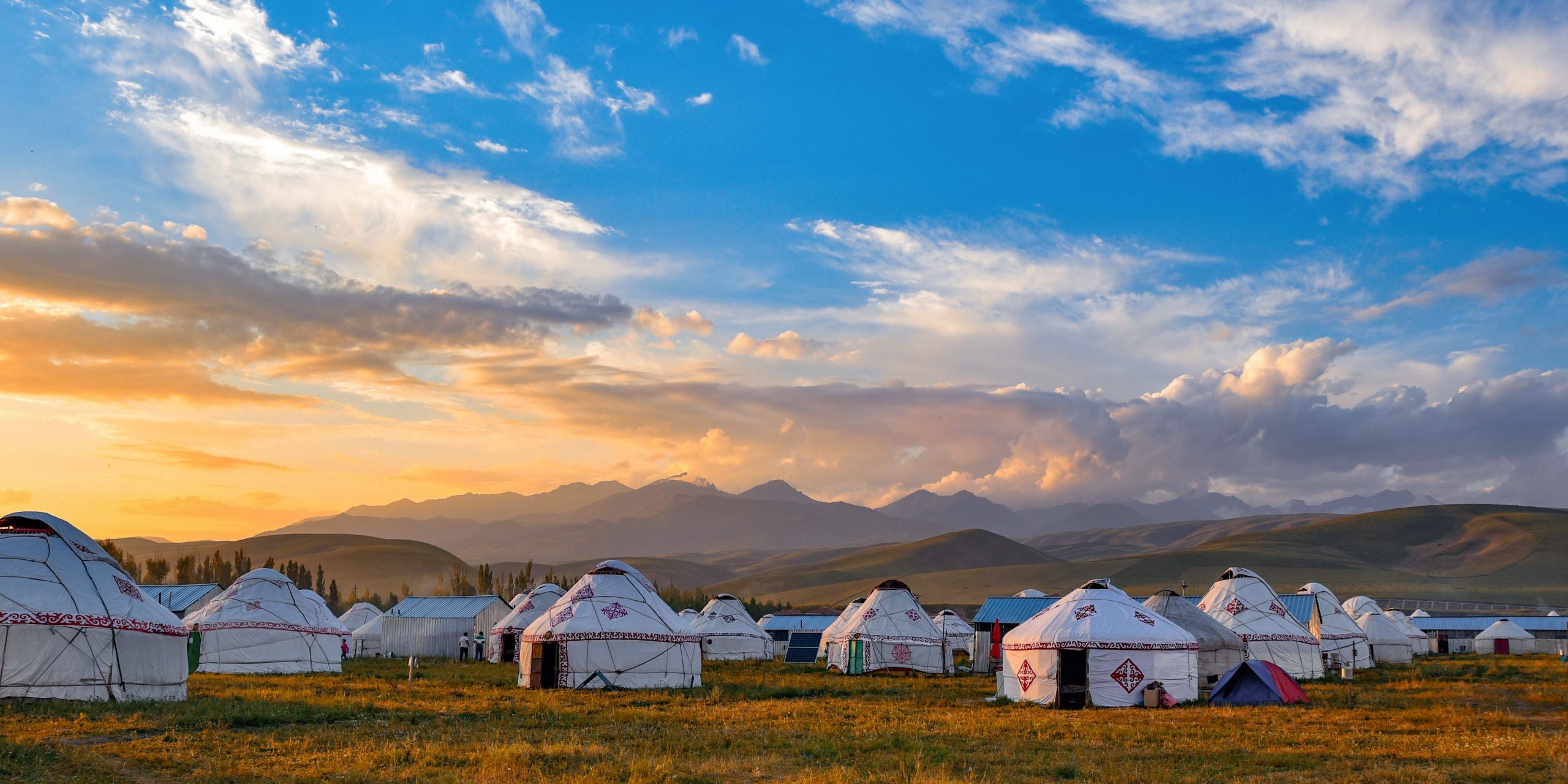
Geography
Geographically, the region of Central Asia has a variety of nature reserves. Starting from evergreen forests and the largest lake in the world – the Caspian Sea (yes, it is so big that it is called a sea!) – to grasslands, deserts and canyons (Janusz-Pawletta, 2021). Last summer I was lucky to hike around some of the breathtaking trails near my hometown Almaty and see the forest of spruce trunks growing in Lake Kaindy, 6,600 feet above the sea level!
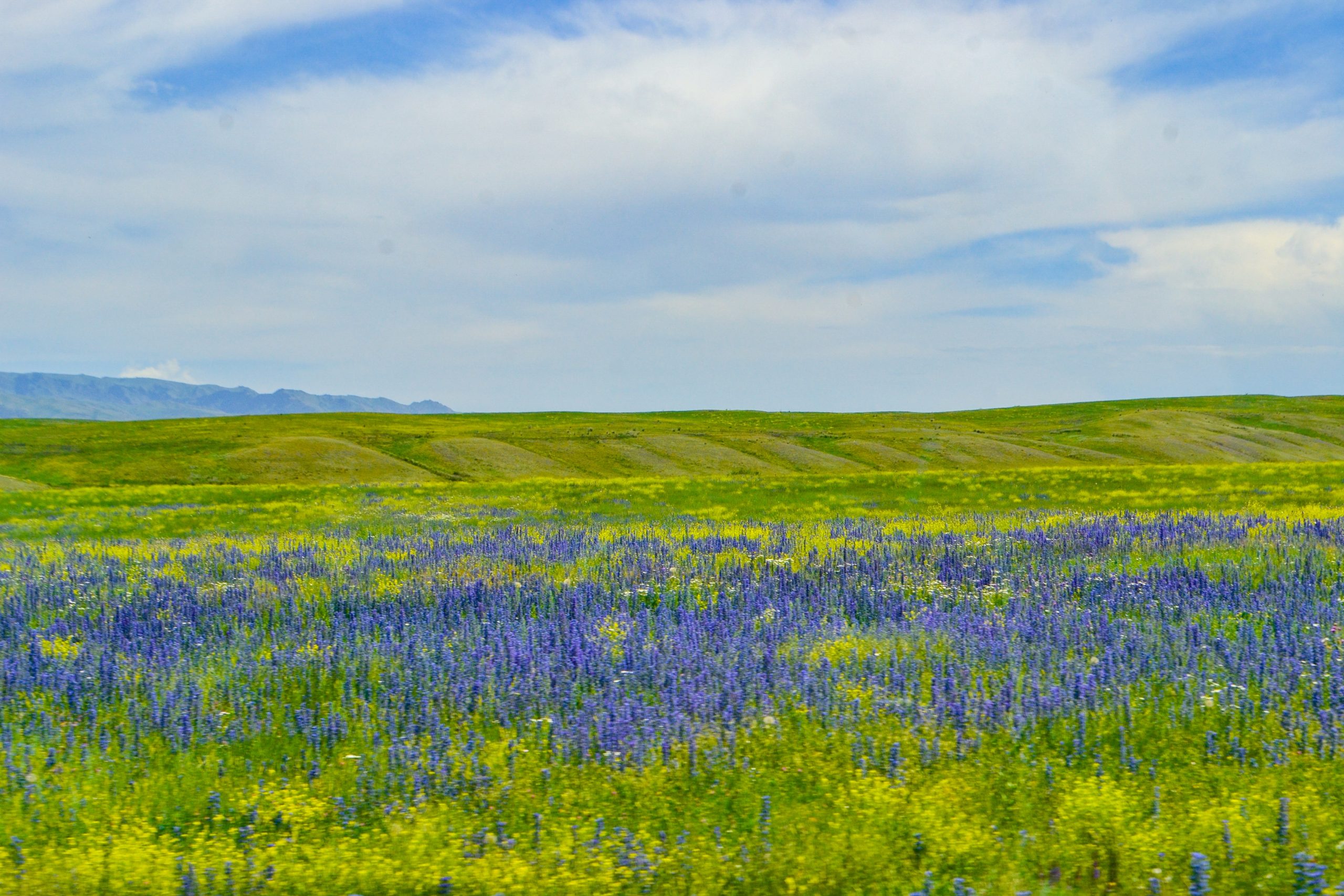
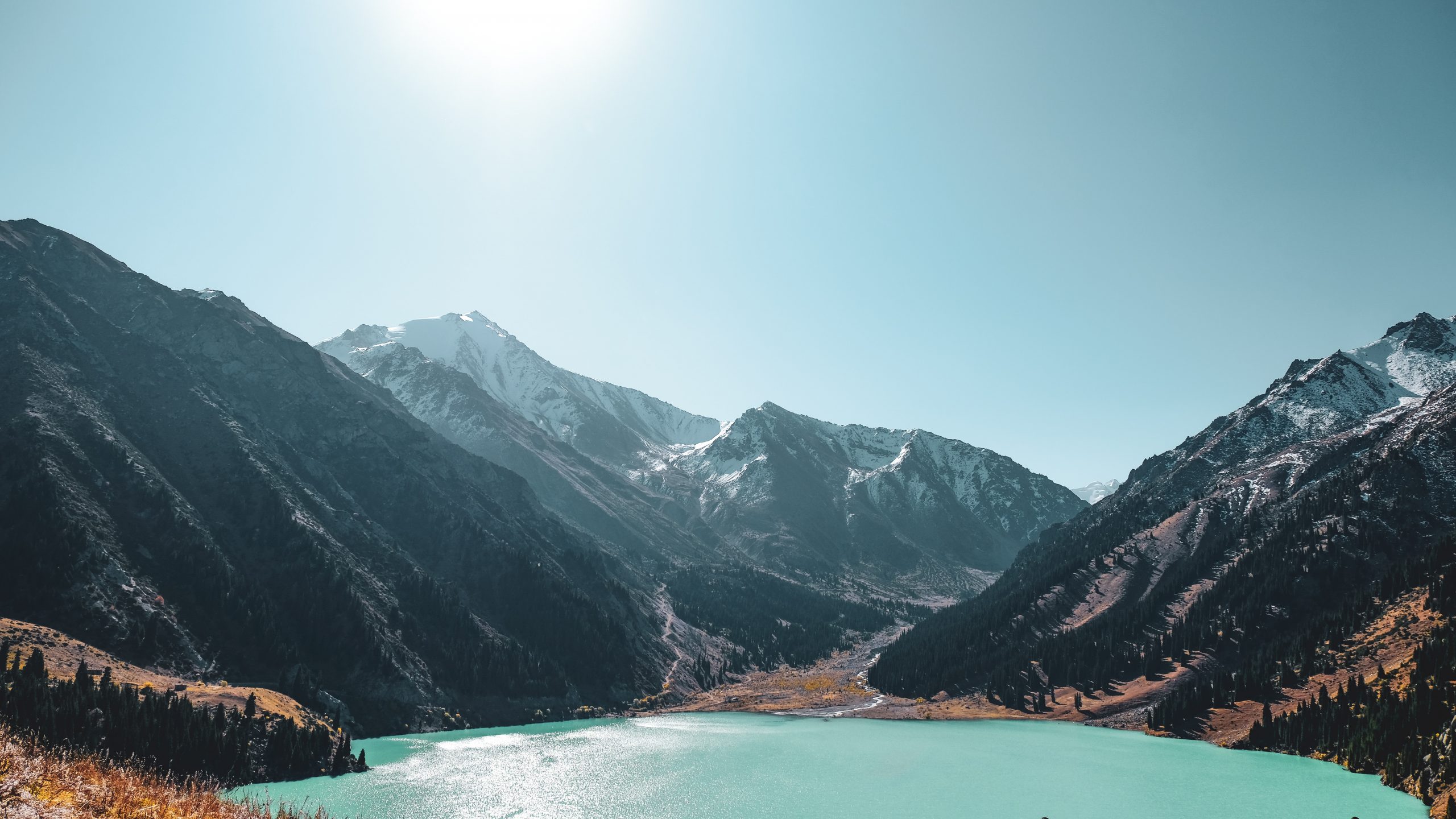
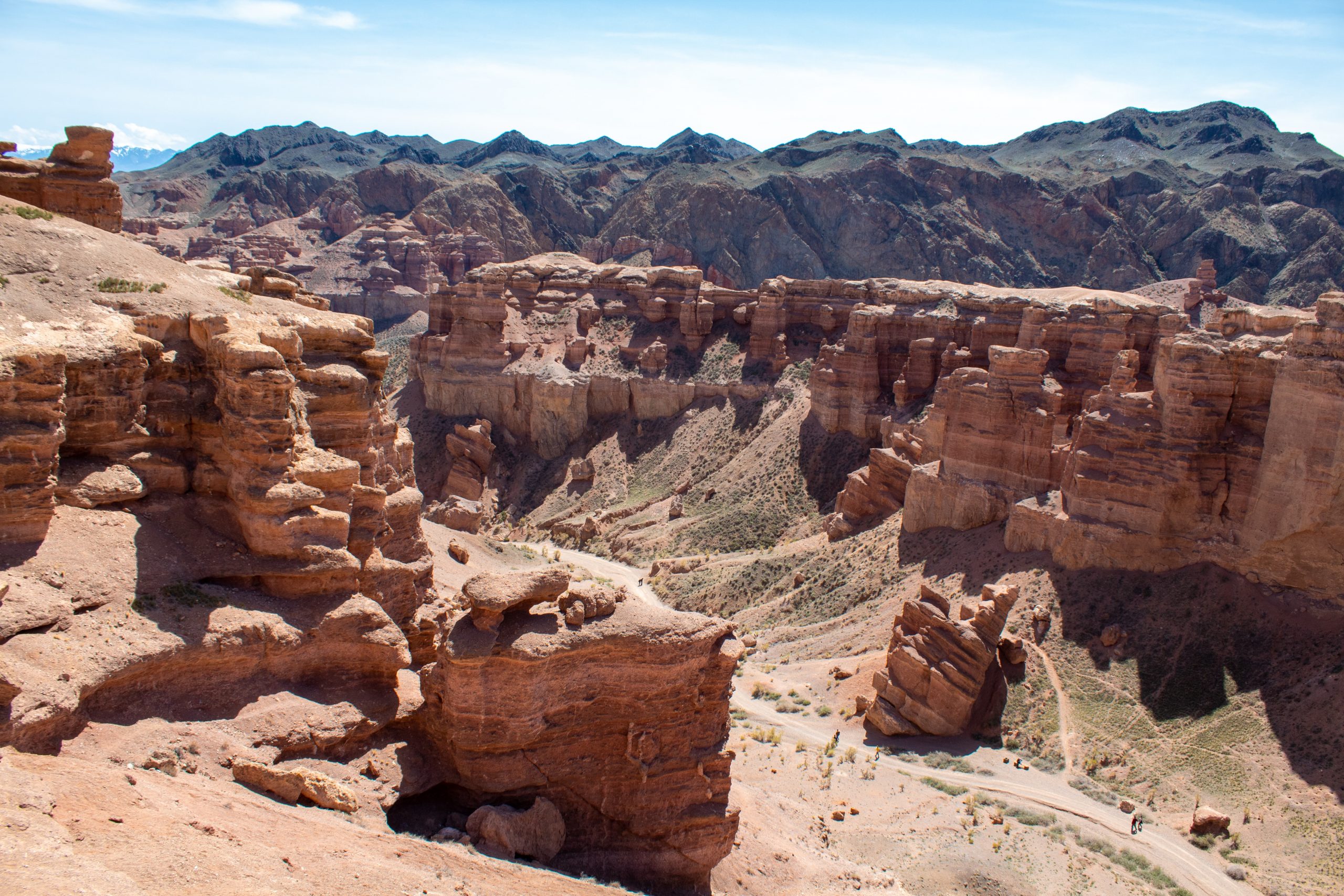
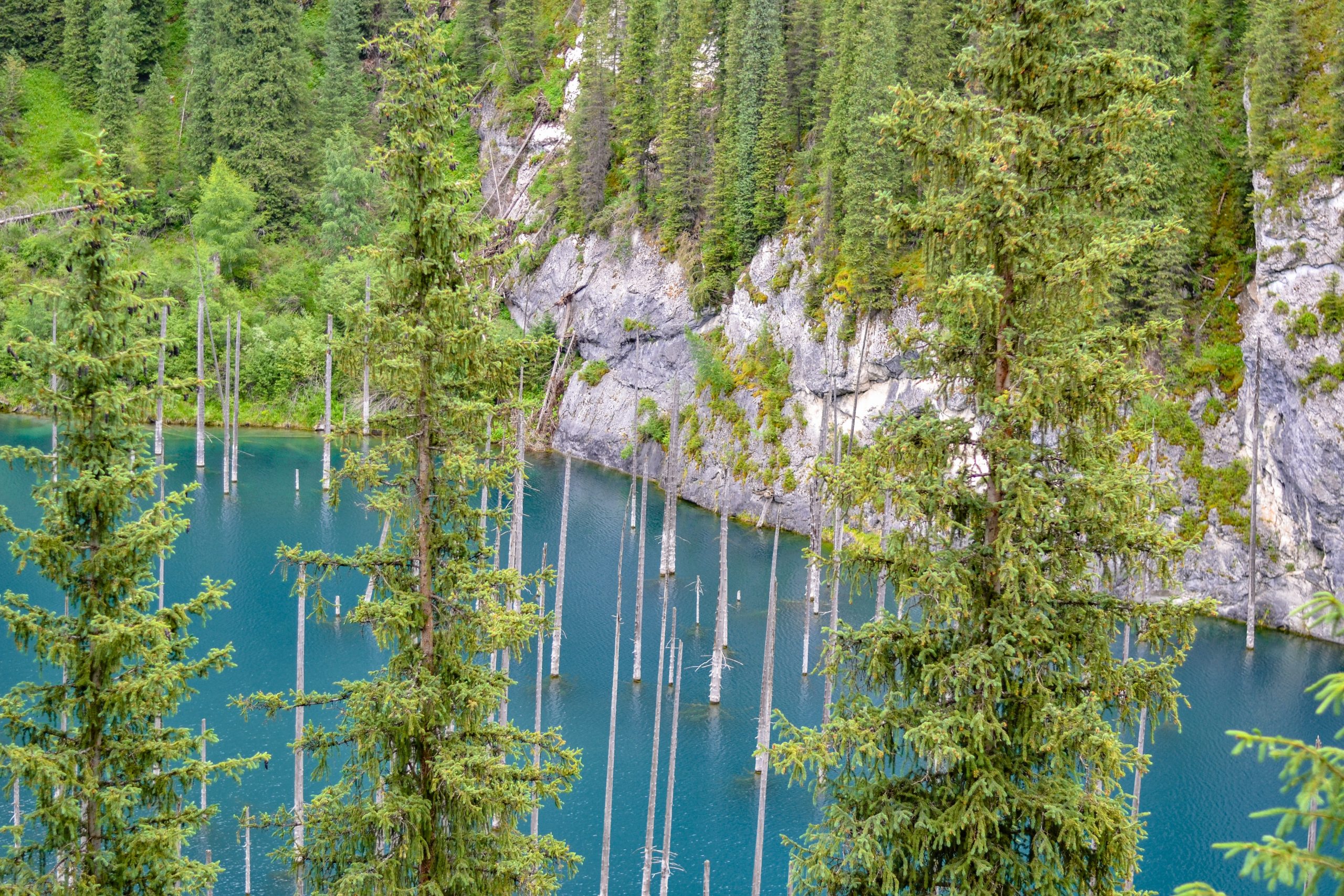
Flora
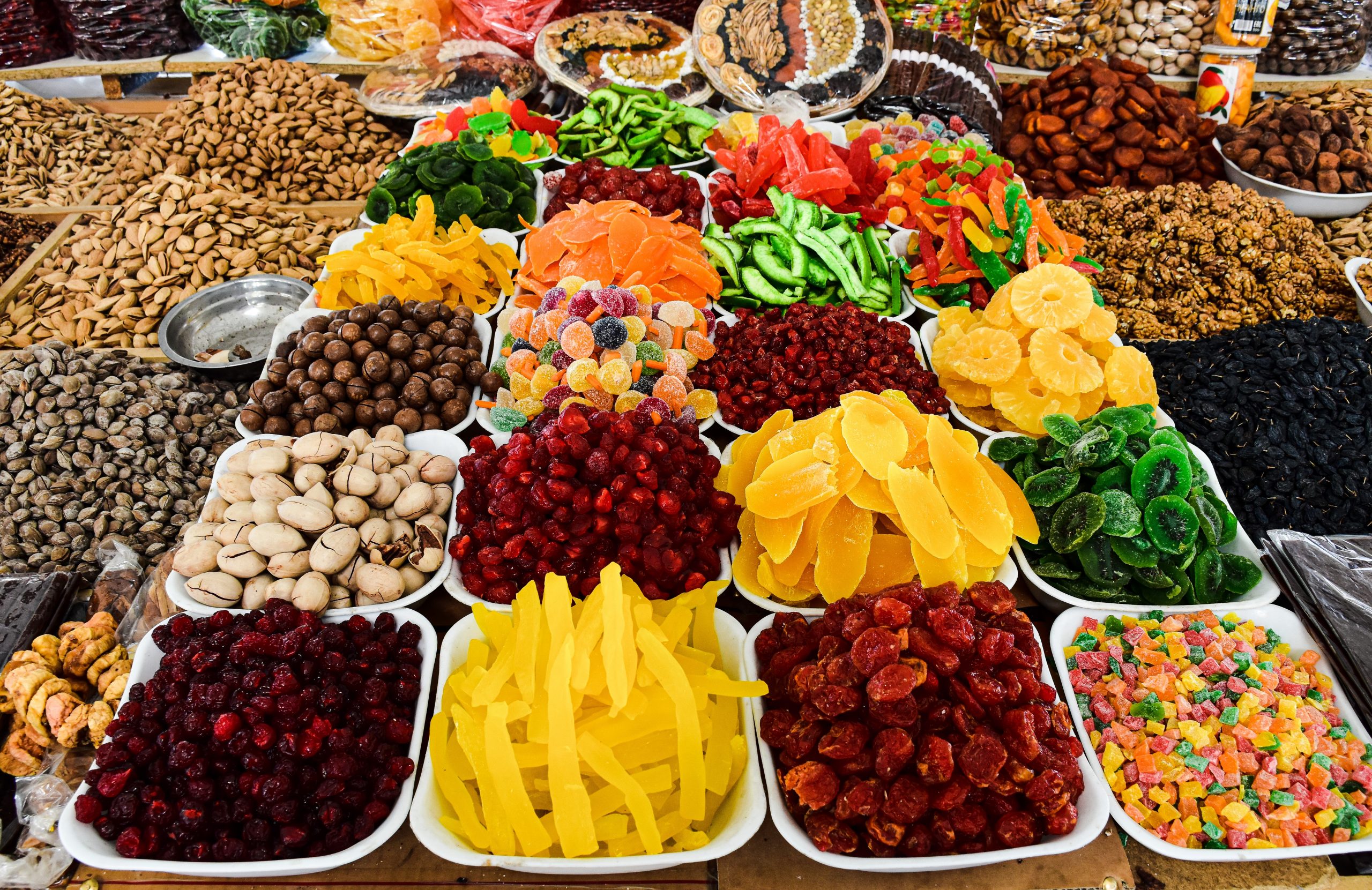
Now about the region’s flora! Central Asia is an important point of diversity for many globally spread out fruit and nut tree species (Vinceti et al., 2022, p.2). Various fruits like apples, apricots, cherries, plums, grapes, figs, peaches, pomegranates, pears and nuts like almonds, pistachios and walnuts all originated in the forests of the mountain ranges called Tian Shan and Pamirs, located in Uzbekistan, Kyrgyzstan and Tajikistan. These fruit and nut trees are now spread out all over the world. Most of them can be found on the Central Asian street markets – either fresh or in the form of a delicious local sweet.
These are just a few things that make my home special to me. We have so much to learn from one another – from our cultures and perspective, to learning in the classroom as well. Please tell me in the comment box below where you come from and some interesting facts about your hometown!
References
Janusz-Pawletta, B., Springer Law and Criminology eBooks 2021 English/International, & SpringerLink (Online service). (2021). The legal status of the caspian sea: Current challenges and prospects for future development (2nd 2021. ed.). Springer Berlin Heidelberg.
Khalid, A., & Princeton University Press Complete eBook-Package 2021. (2021). Central asia: A new history from the imperial conquests to the present (First ed.). Princeton University Press. https://doi.org/10.1515/9780691220437
Vinceti, B., Elias, M., Azimov, R., Turdieva, M., Aaliev, S., Bobokalonov, F., Butkov, E., Kaparova, E., Mukhsimov, N., Shamuradova, S., Turgunbaev, K., Azizova, N., & Loo, J. (2022). Home gardens of central asia: Reservoirs of diversity of fruit and nut tree species. PloS One, 17(7), e0271398-e0271398. https://doi.org/10.1371/journal.pone.0271398
